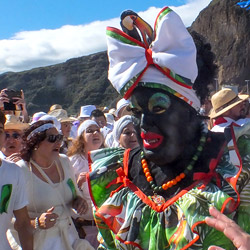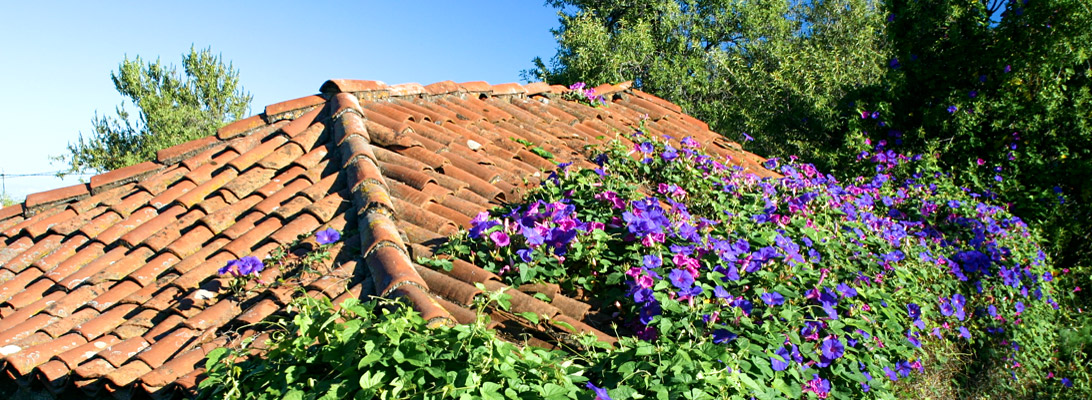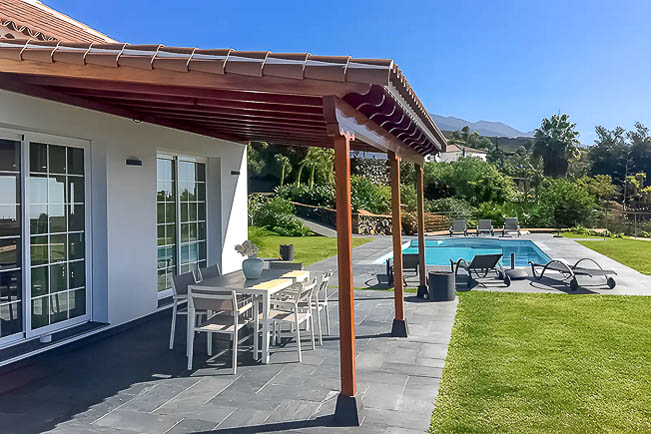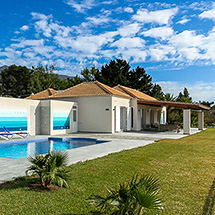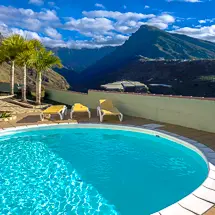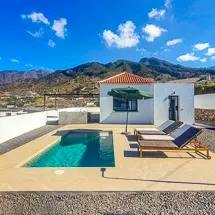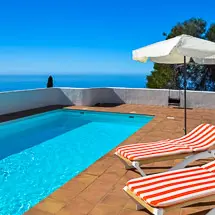As soon as the Spaniards had completed their conquest of La Palma, they used the island as an export base for colonial trade and the production of sugar cane. The fluctuations and the dynamic development on the world market of the colonial empires threw La Palma back several times in the course of its economic history and forced the population repeatedly to emigrate to South America. Cochineal lice, wine, tobacco, silkworms, and finally the banana production, which is still competitive today (only through subsidies), successively shaped the picture of the island economy, which was always rather one-sided, and then disappeared again.
La Palma as a Spanish Colony
In the 16th century many merchants, also from the (at that time still Spanish) Flanders of Charles V, from Germany and other countries, moved to La Palma as "sugar barons". In the then hip art style, they had pretty mansions built, donated churches and commissioned respected artists with paintings or woodcarvings in the Andalusian Mudejar style. But the island's wealth also attracted pirates, who often had to be defeated. Traumatic was the pillaging of the capital Santa Cruz by the pirate Le Clerc in 1553 and the siege of La Palma by the pirates of the infamous Francis Drake 30 years later. The Palmeros built the city fortress Santa Catalina against this threat. Many legends and traditions go back to years of the need to defend themselves against pirate attacks. But since the transfer of the central customs port for the American shipping from Santa Cruz de la Palma to Tenerife (1657) the wealth and with it also the pirate raids decreased. Shipbuilding flourished on La Palma for centuries, which was at the expense of the rich forests.
Volcano Eruptions, Droughts, Emigration
Since then, the decline of many industries has forced many Palmeros to emigrate to Venezuela or Cuba, from where they brought new ideas back to La Palma, whether musical influences, tobacco cultivation, and cigar making, or folk festivals. Life on and with the volcanoes and their occasional eruptions, water shortages and storms made the pious population believe in the miraculous work of their saints. Religious festivals, pilgrimages, and processions are still held on La Palma today - to the delight of many tourists. The self-confident rich merchants, especially in Santa Cruz, fought for far-reaching rights of self-determination as early as 1773, i.e. before the French Revolution. La Palma was also partly far ahead of the Spanish mother country in the areas of health care and citizen education.
Nevertheless, the Canary Islands became, again and again, the poorhouse of Spain. Even in the 50s, many inhabitants emigrated from La Palma to try their luck elsewhere. Only the structural development within the framework of the EU, the expansion of tourism and environmental protection - and the export of bananas have made La Palma go uphill in recent years. Tourism on La Palma has improved steadily in terms of quality.







